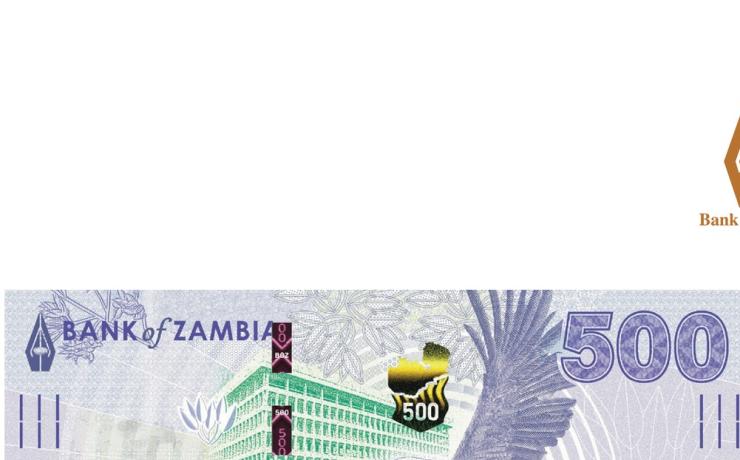Zambia’s Economic Surge: Q4 2024 GDP Growth Defies Expectations

In a remarkable economic turnaround, Zambia’s economy posted an 8.6% GDP growth in the fourth quarter of 2024, surpassing the previous year’s 7.8% growth and exceeding market expectations. The surge was fueled by robust expansions in key sectors, despite persistent inflationary and trade challenges.
Sectoral Performance: Growth Champions & Declines
Zambia’s economic expansion was driven by stellar performances in three key sectors:
- Information & Communication: +27.4% growth, contributing 3.9% to GDP.
- Mining & Quarrying: +26.8% growth, contributing 2.1% to GDP.
- Agriculture, Forestry & Fishing: +27.6% growth, contributing 1.1% to GDP.
However, electricity supply and water supply sectors suffered steep contractions, declining by 50.9% and 11.2%, respectively.
GDP Contributors: Dominant Sectors
At current prices, the most significant contributors to Zambia’s GDP were:
- Wholesale & Retail Trade – 19.4% of total GDP.
- Mining & Quarrying – 19.1%, reaffirming the sector’s vital role in the economy.
- Transportation & Storage – 12.4%.
- Construction – 9.0%.
Annual Growth & Market Surprises
Against bleak market forecasts—including a 1.2% growth projection by the World Bank and a similar estimate by the IMF—Zambia’s 2024 GDP is now projected to close at 4%. While this represents a slowdown from 5.4% in 2023, the strong Q4 performance has prevented a more significant downturn.
The standout performers for 2024’s annual GDP growth were:
- Information & Communication (+17.4%).
- Arts, Entertainment & Recreation (+15.4%).
- Financial & Insurance Activities (+10.3%).
In contrast, electricity supply (-28.9%) and agriculture (-9.2%) were the weakest-performing sectors of the year.
Inflation Trends: Mixed Signals
Zambia’s inflation rate eased slightly in March 2025, falling to 16.5% from 16.8% in February. The decline was mainly due to a drop in food inflation (18.9%, down from 20.6%) following price adjustments in staples such as mealie meal, maize grain, and vegetables.
However, non-food inflation edged up to 13.2%, driven by fuel, transport, and housing costs. Regional variations remained significant, with:
- Central Province recording the highest inflation (18.8%).
- Eastern Province posting the lowest (13.4%).
Trade Deficit Persists Amid Export & Import Declines
Despite strong economic growth, Zambia recorded a trade deficit of K0.6 billion in February 2025. Both exports and imports declined, with:
- Exports down by 4.2% to K24.9 billion.
- Imports down by 3.4% to K25.4 billion.
Traditional exports, mainly copper, accounted for 69.8% of total exports, while non-traditional exports included tobacco, gold, and zinc concentrates.
The country’s major export destinations were:
- Canada (33.6%).
- Singapore (17.2%).
- Switzerland (10.7%).
Meanwhile, Zambia’s top import sources were:
- China (23.6%).
- South Africa (22.3%).
- United Arab Emirates (8.7%).
Policy Challenges & The Path Forward
Despite the Q4 economic resurgence, Zambia continues to grapple with inflationary pressures and trade imbalances. The government faces a delicate balancing act in stabilizing inflation and the exchange rate while sustaining growth.
Key policy priorities include:
- Boosting agricultural productivity to enhance food security.
- Supporting value addition in manufacturing to reduce dependence on raw exports.
- Promoting export diversification to mitigate risks from commodity price fluctuations.
Equitable Growth: A Key Consideration
While the recent economic upturn is promising, a critical question remains: How equitably is this growth distributed among Zambians? Policymakers must ensure that economic gains translate into improved living standards for all citizens.
As Zambia navigates the road ahead, ensuring inclusive and sustainable growth will be essential to solidifying its economic resilience.
